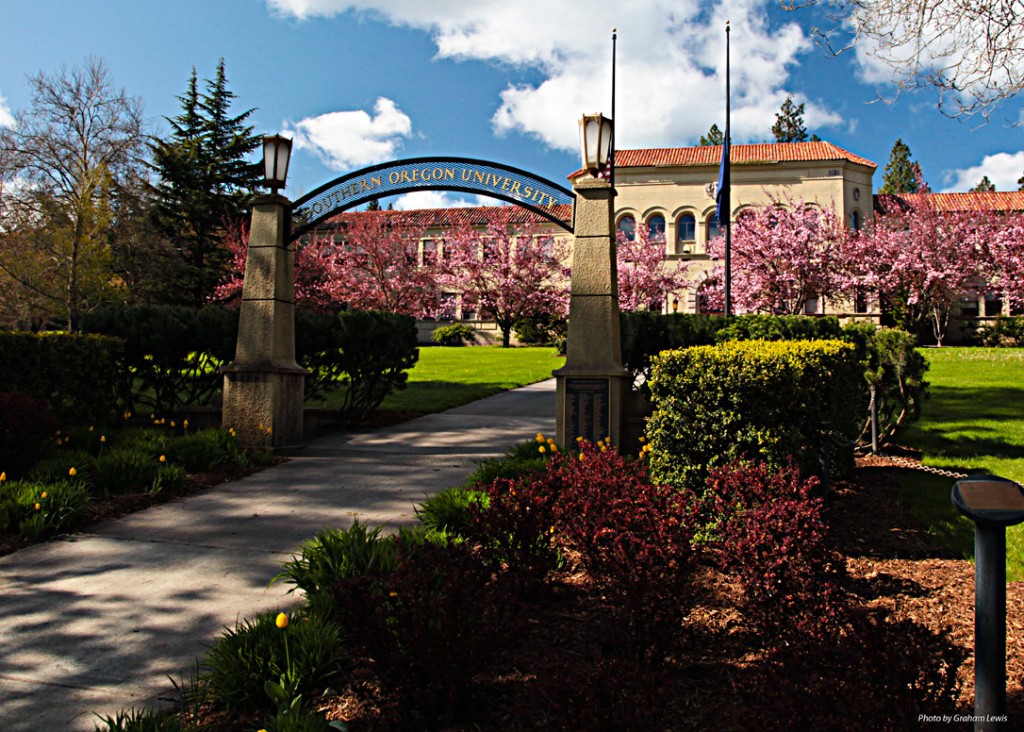Beginning in fall of 2015, Southern Oregon University students will be subject to a 5% tuition increase as voted on by the newly appointed SOU Board of Trustees. A resident undergraduate will see an increase of $110.25 per term for a standard 15 credit course load, and a non-resident or a non-resident on the Western Undergraduate Exchange (WUE) will have an even bigger increase. For students this applies to, the increase per term will be approximately $157.
The news of the increase wasn’t well known by students initially, but a quick survey of the SOU Yik Yak reveals students’ opinion of the decision. One student self-explanatorily said, “no no no” while other answers included “It’s way too hard to get an education in this country” and “The college bubble is gonna pop soon!”. Although the increase doesn’t appear to have their stamp of approval, it is necessary for students to know that this increase is part of SOU’s cost saving retrenchment plan. The goal of this is to improve retention, increase enrollment, and curb cuts to school programs and facilities.
According to SOU head of Community and Media Relations Ryan Brown said, “Southern Oregon University strives to keep tuition low and ensure that higher education remains affordable and accessible to all who want to attend. Unfortunately, continued disinvestment into higher education by the State of Oregon has placed more and more of the financial burden on the backs of students.”
So what does an education at SOU really cost? According to the admissions website, the yearly cost for a nonresident on WUE is $22,555 including tuition, fees, and room and board. As a student from Alaska on WUE, I have paid around $26,000 this year on school because of books and taking more than 15 credits per term.
Since 2010, tuition at SOU has increased by over 25%, however Ryan Brown reveals a reason for this, “Since 2007, state funding for Oregon’s universities has been cut by more than 38 percent. If the state is serious about its 40-40-20 goals and about educating the next generation of Oregonians, lawmakers must invest in higher education.” The 40-40-20 is a goal established by lawmakers that by 2025, 40% of adult Oregonians would have a bachelor’s degree, 40% with an associate’s degree or other certificate, and the other 20% with a high school diploma.
In addition, even with the increase, SOU is still the second-most affordable of Oregon’s seven public universities, with Eastern Oregon being the lowest, but this fact doesn’t appear to take the sting out of tuition increases. Another student adds on Yik Yak, “College is viewed as a necessity, but priced as a luxury.”




